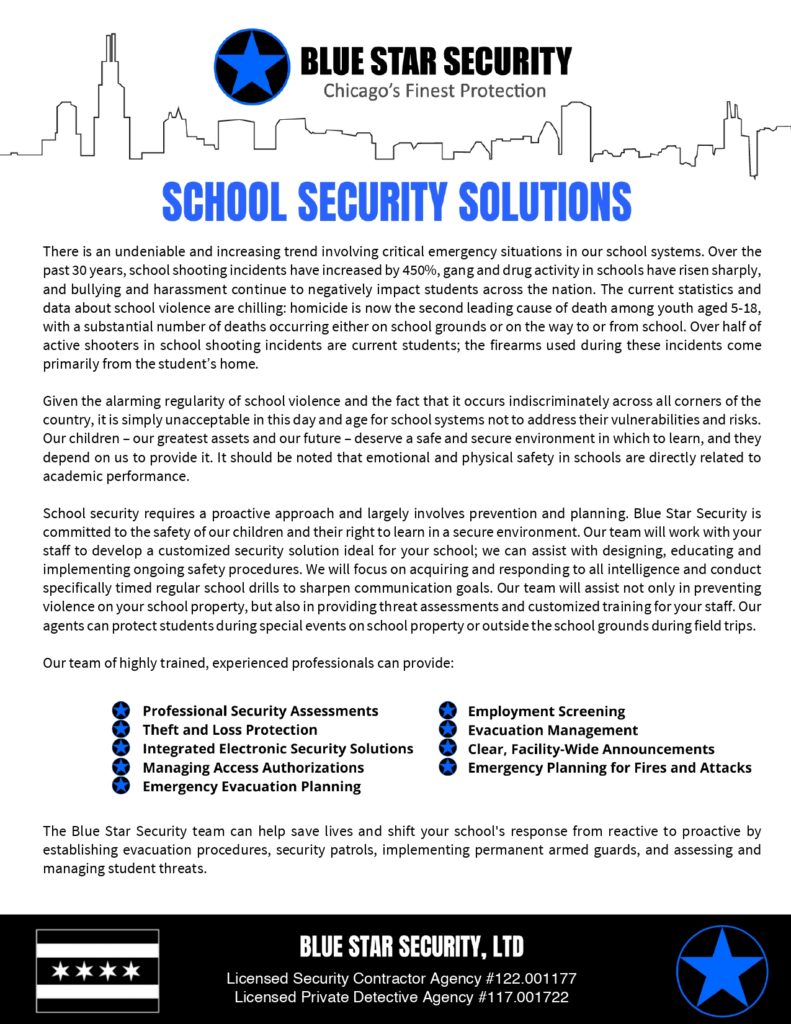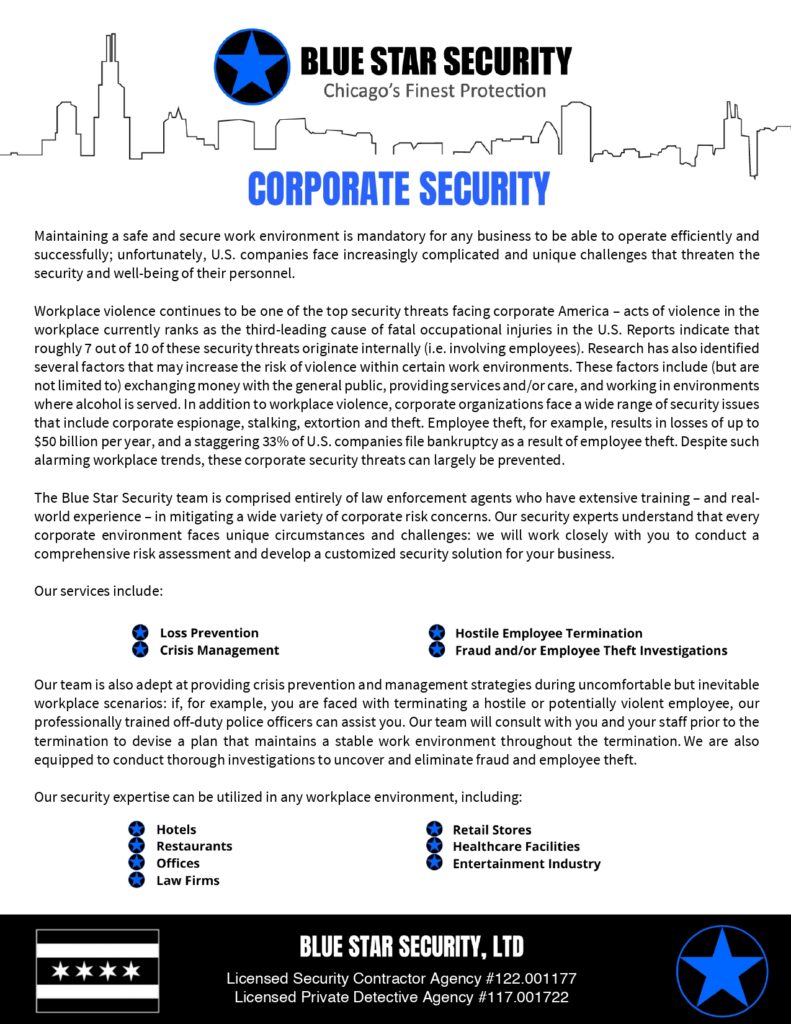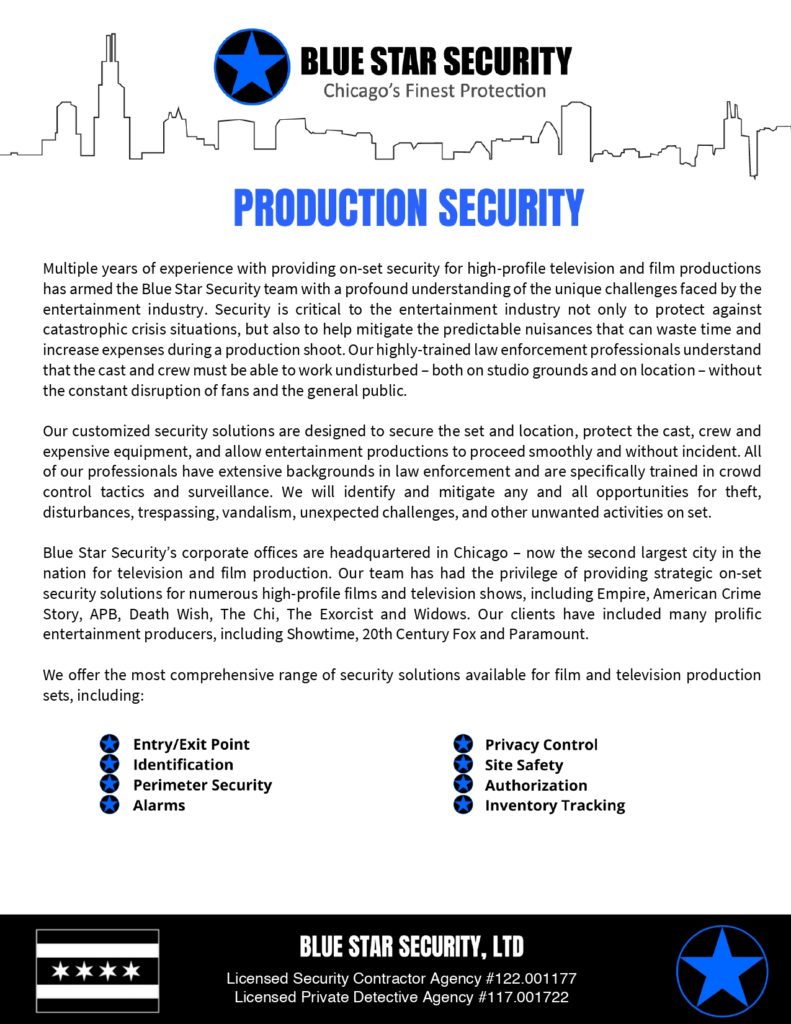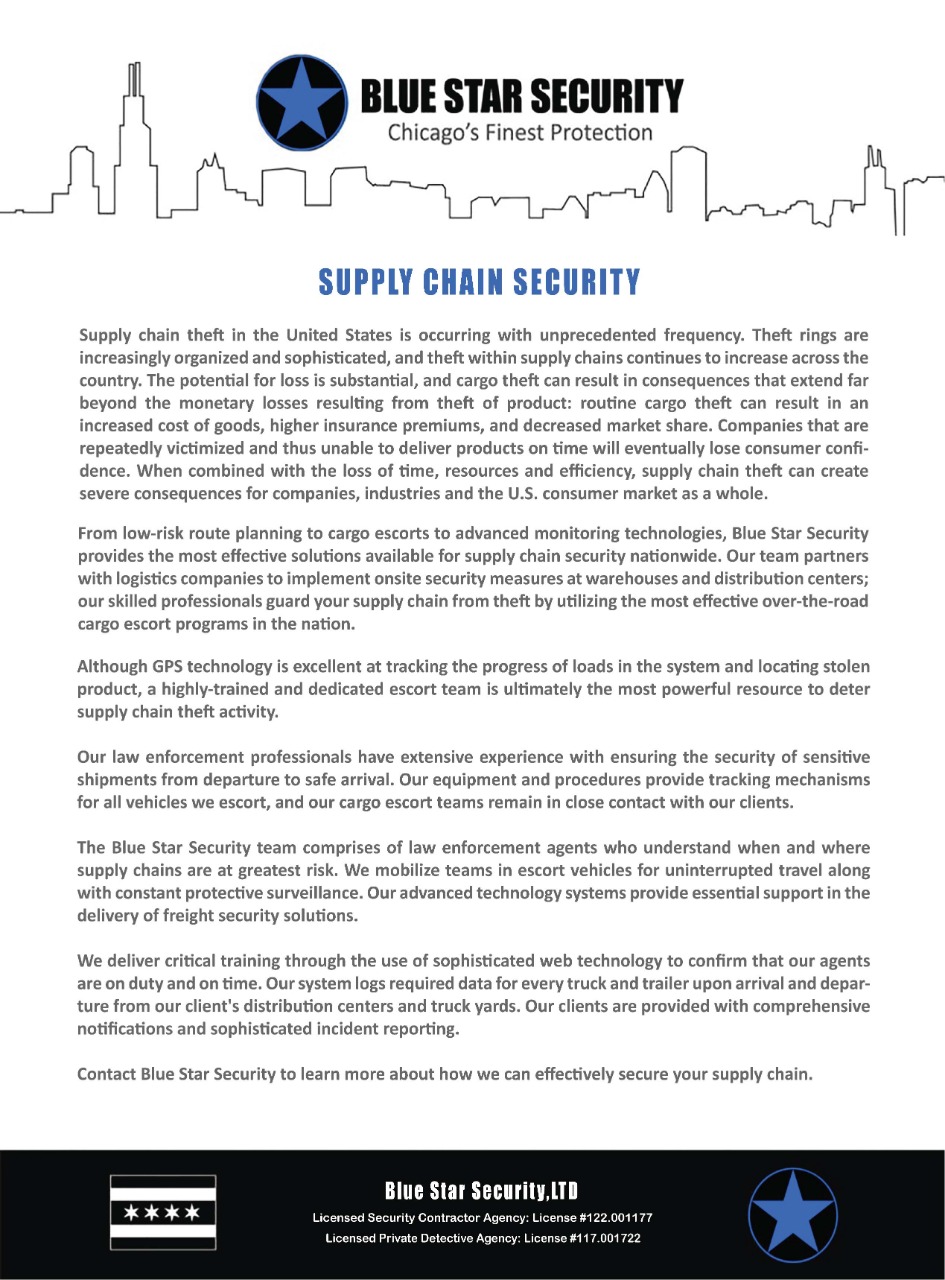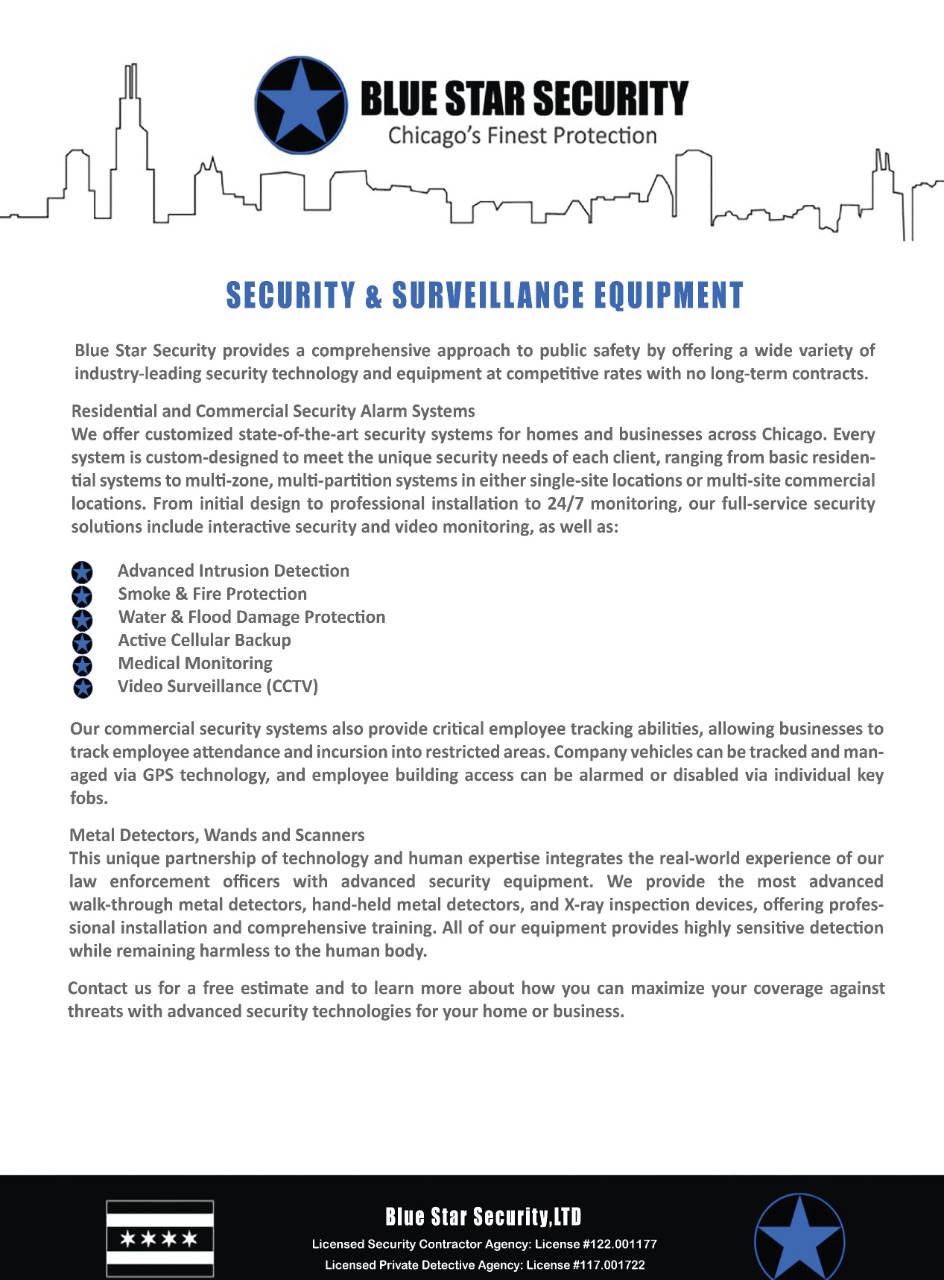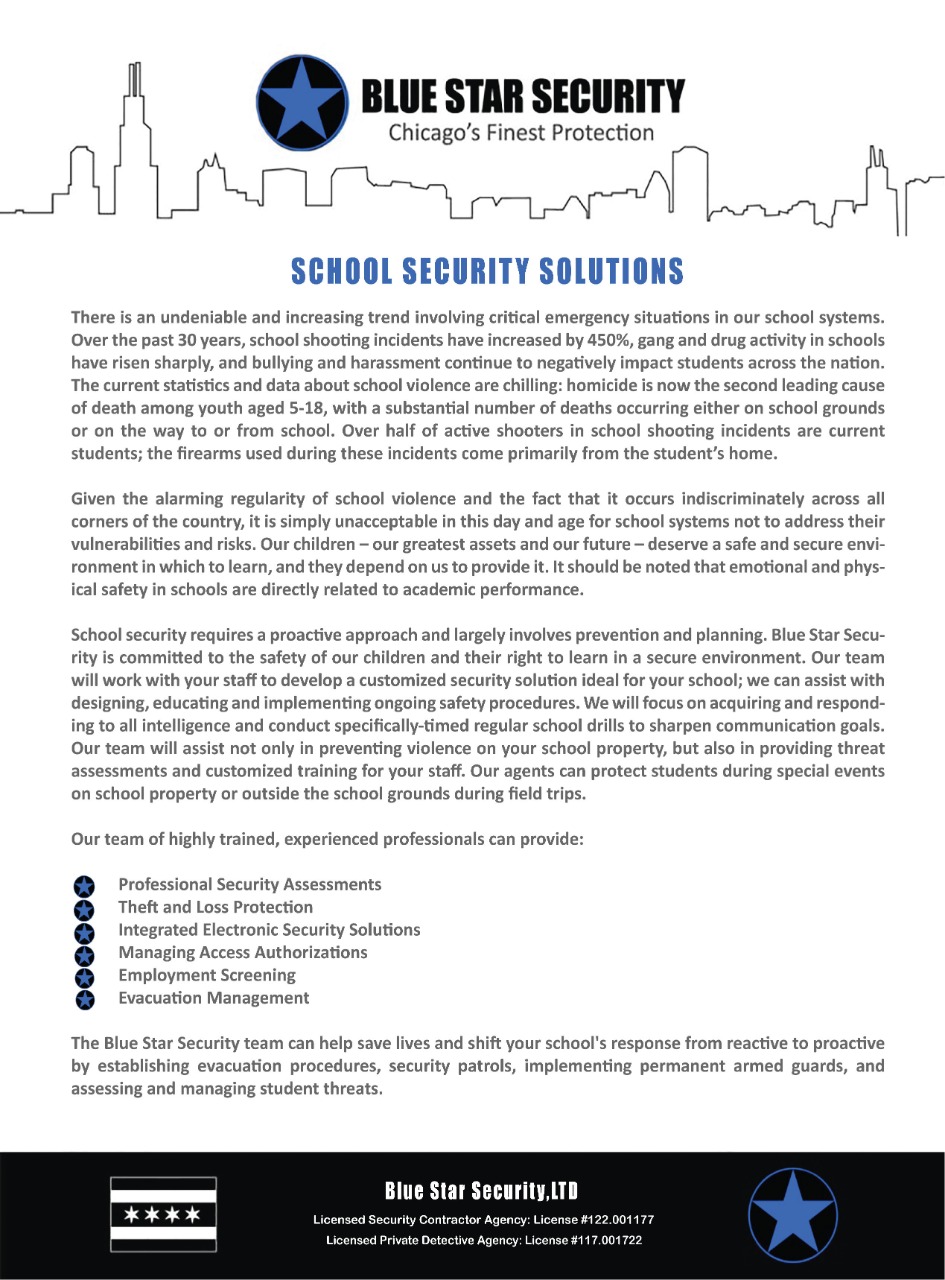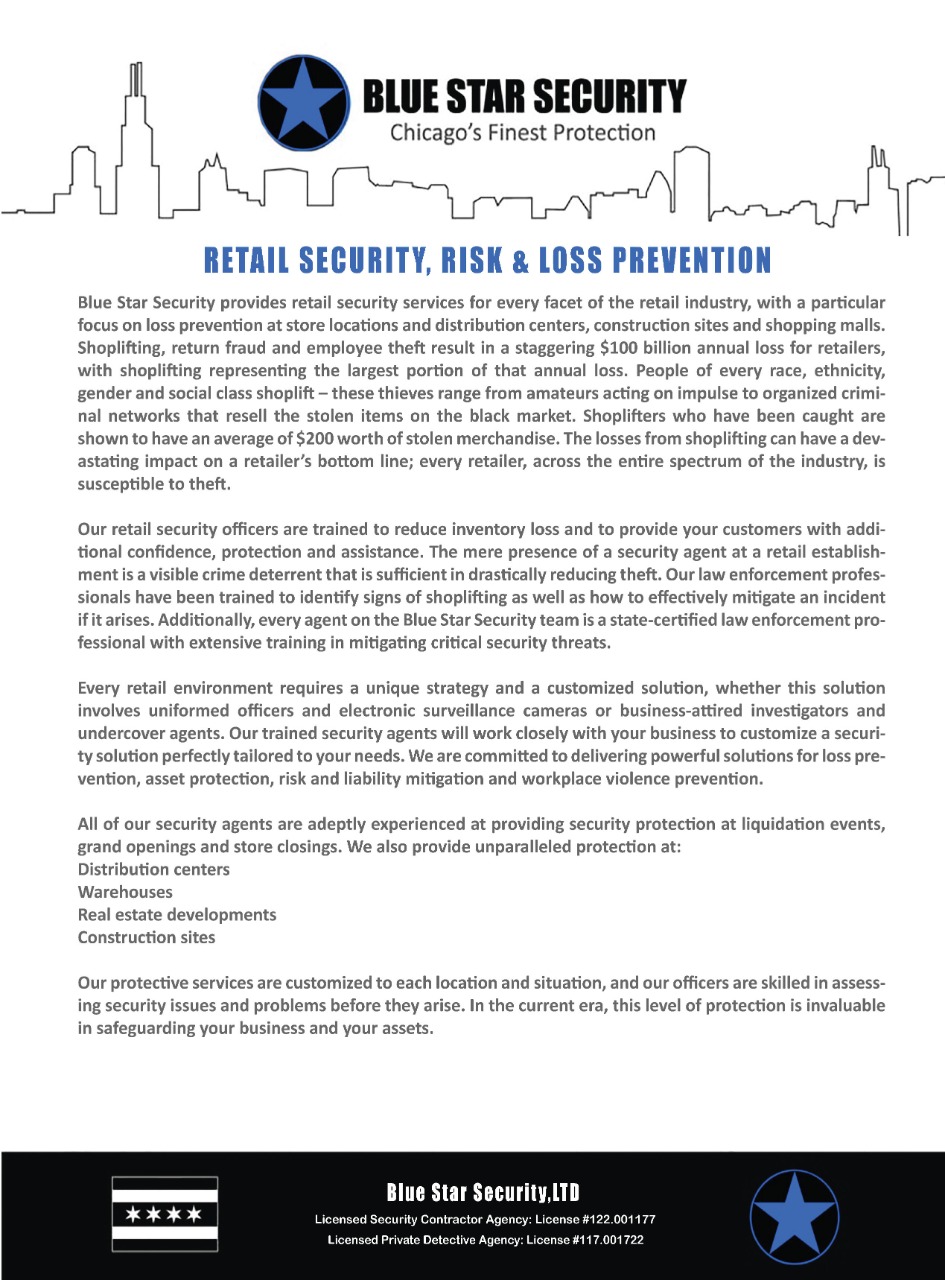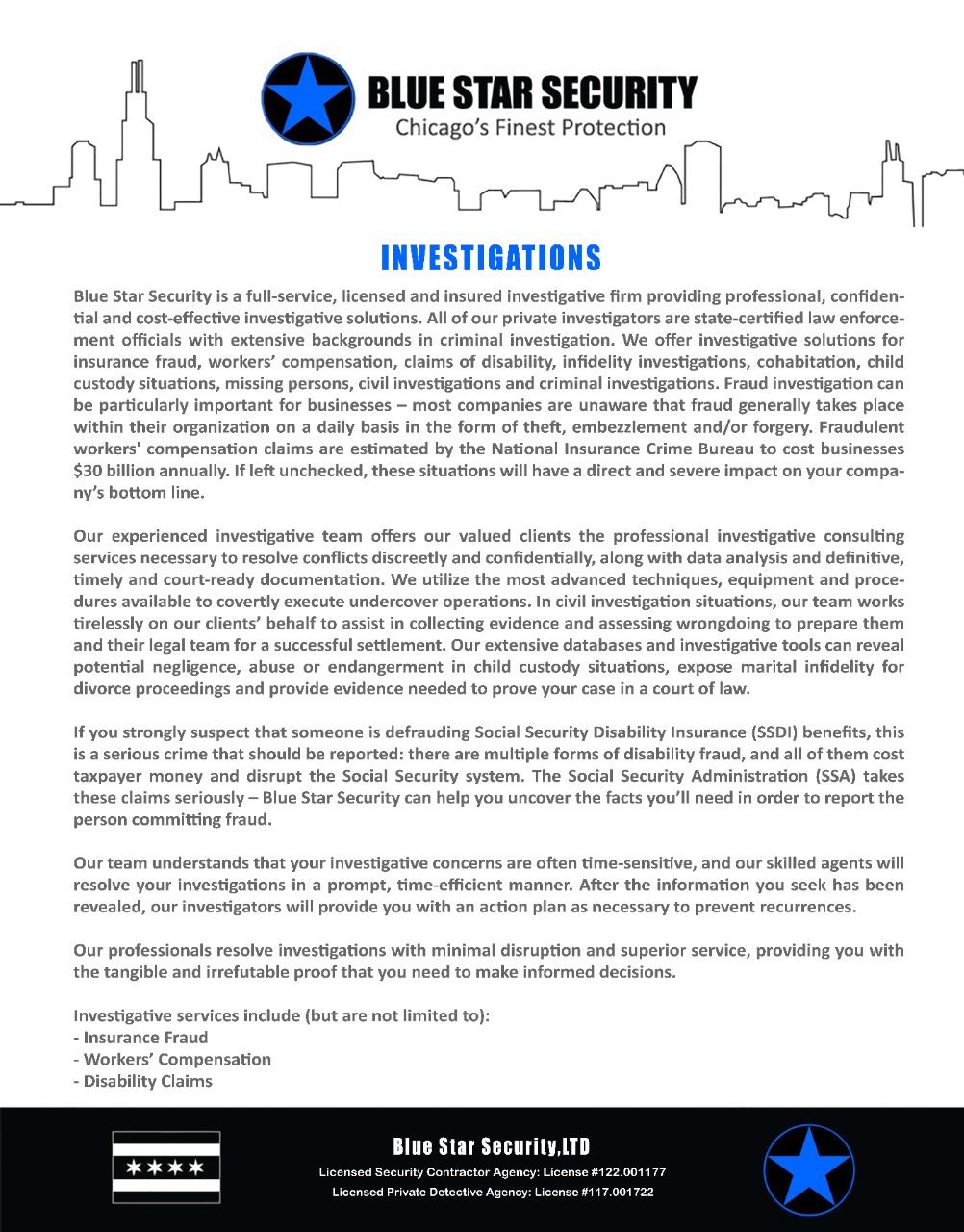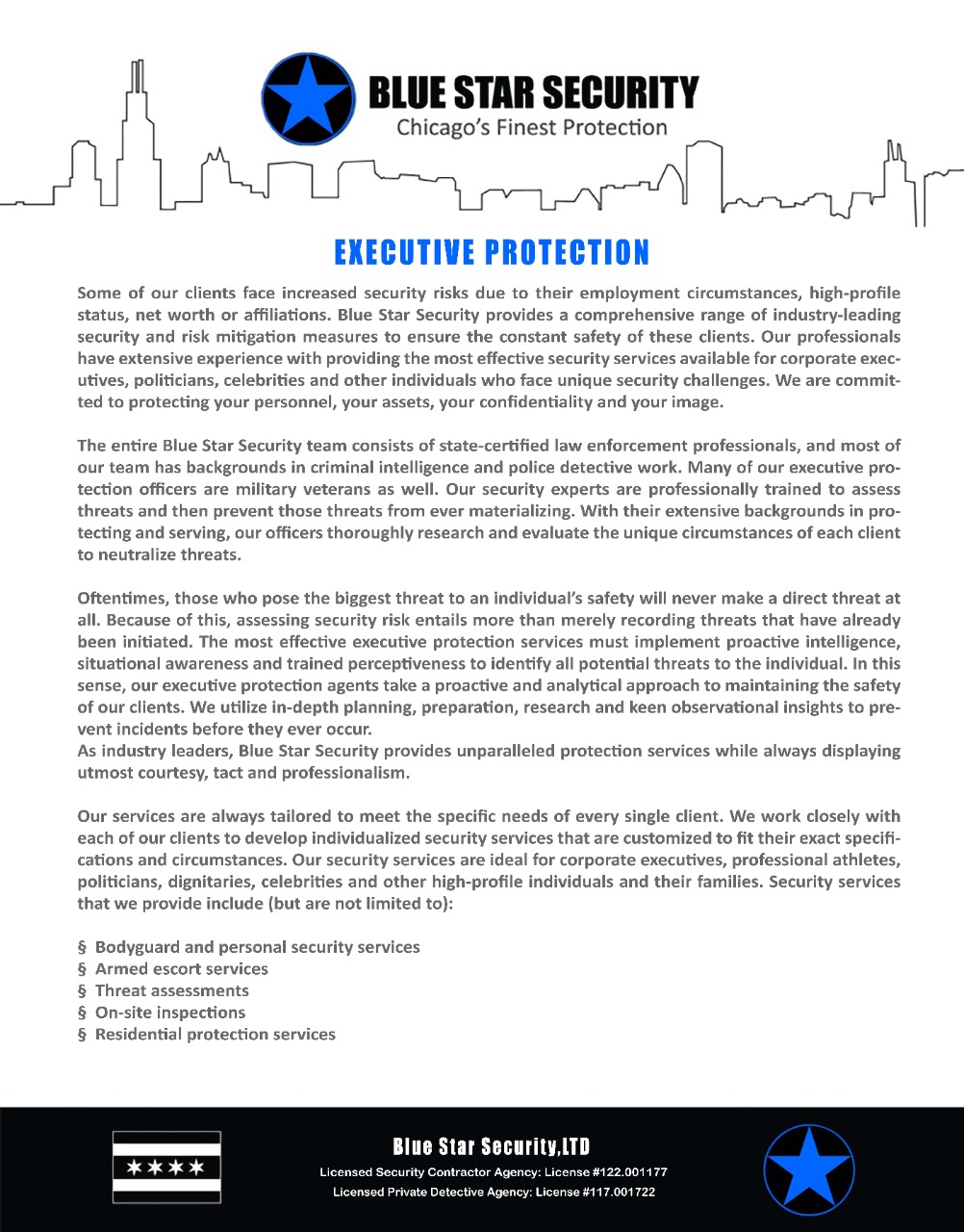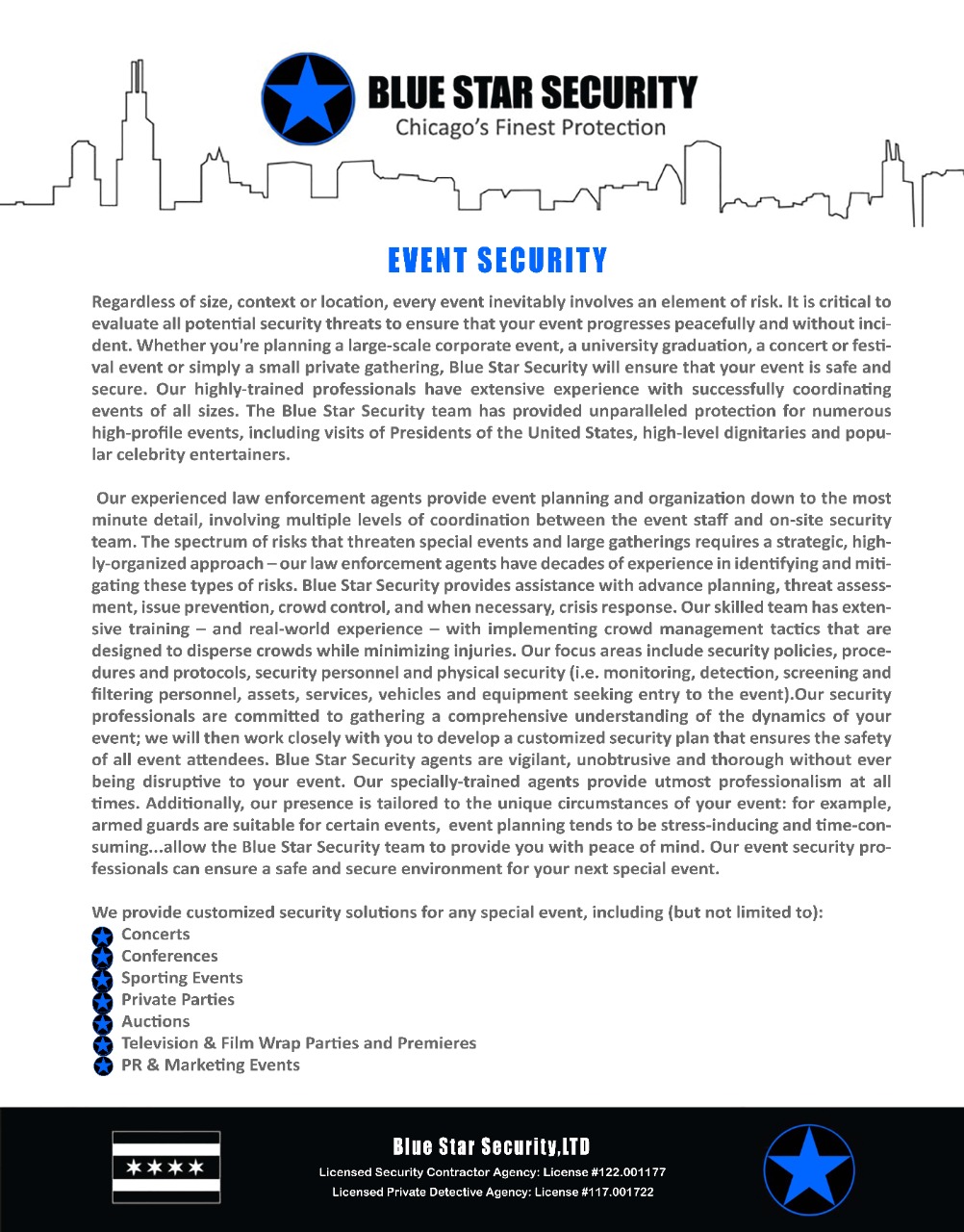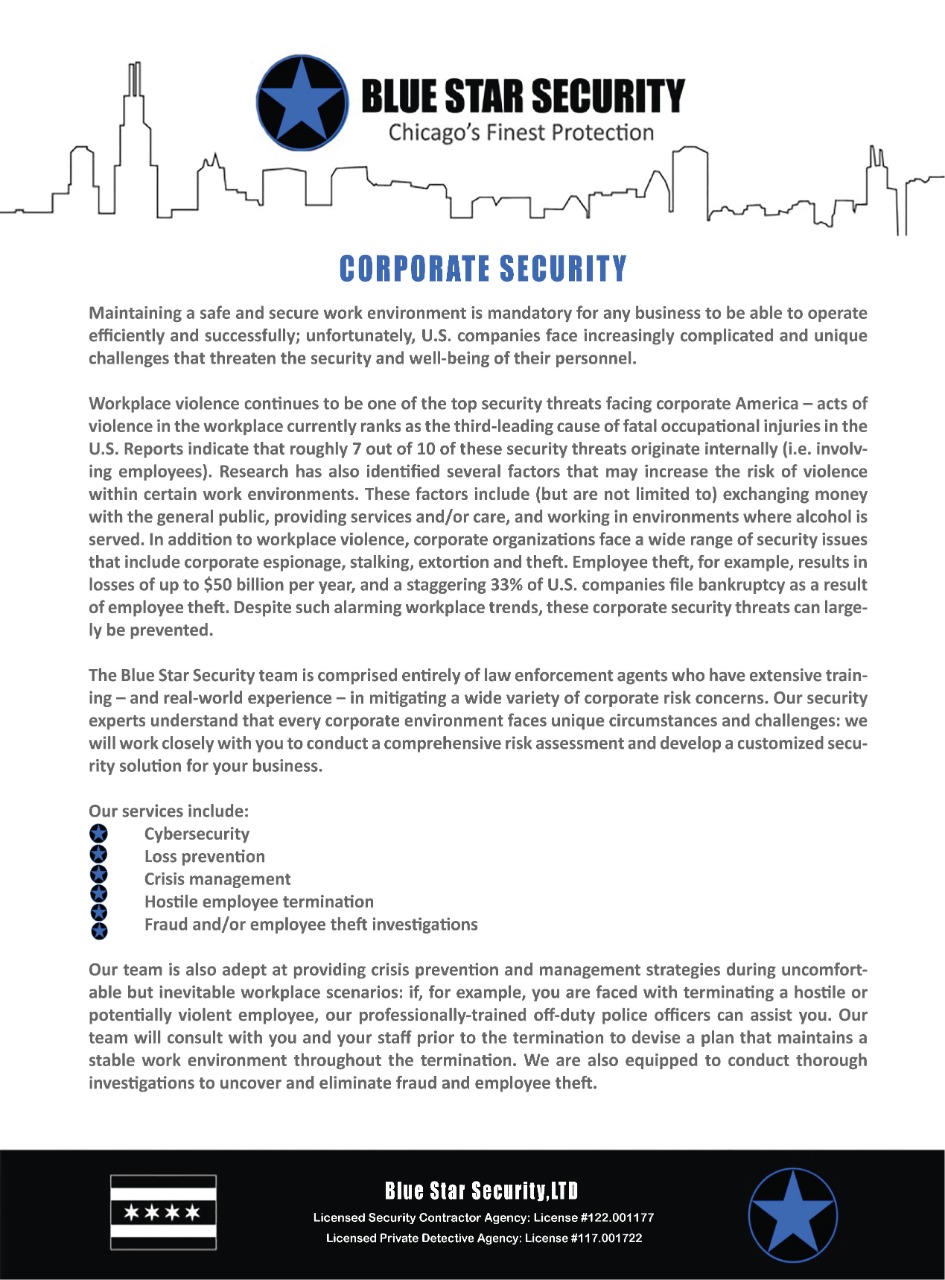In today’s competitive retail environment, protecting your assets is just as important as attracting customers. Retail shrinkage, which includes losses from theft, fraud, and administrative errors, is a significant concern for retailers. According to the National Retail Federation, shrinkage cost the retail industry over $61.7 billion in 2019 alone. Investing in retail security can seem like a significant expense, but when done correctly, it can yield substantial returns on investment (ROI). At Blue Star Security, we understand that effective security solutions are an investment that pays off in multiple ways. In this blog, we will explore how strategic security investments can enhance profitability and provide peace of mind for retailers.
Understanding Retail Shrinkage
Retail shrinkage can be attributed to several sources, including:
- Shoplifting: Theft by customers, often the most visible form of shrinkage.
- Employee Theft: Internal theft by employees, which can be more challenging to detect and prevent.
- Administrative Errors: Mistakes in pricing, inventory management, or record-keeping that lead to losses.
- Vendor Fraud: Dishonest practices by suppliers, such as delivering less than the agreed quantity or quality of goods.
Each of these issues requires specific strategies to manage effectively. A comprehensive security plan that addresses all aspects of shrinkage is essential for maximizing ROI.
The Financial Impact of Shrinkage
Shrinkage directly impacts a retailer’s bottom line. Loss of inventory means reduced sales and profits. Additionally, the cost of replacing stolen goods and investing in loss prevention measures can add up. Furthermore, shrinkage can lead to increased insurance premiums and lower employee morale. By investing in robust security solutions, retailers can significantly reduce shrinkage, improve profitability, and create a safer environment for employees and customers.
Components of Effective Retail Security
Investing in retail security involves a multifaceted approach that includes technology, personnel, and best practices. Here are the key components that contribute to maximizing ROI from retail security investments:
1. Advanced Surveillance Systems
Surveillance technology is a cornerstone of retail security. High-definition cameras strategically placed throughout the store act as a powerful deterrent to potential thieves. Modern surveillance systems offer features like facial recognition, motion detection, and remote monitoring, which enhance their effectiveness.
- Deterrence: Visible cameras deter shoplifters and employees from attempting theft.
- Evidence Collection: High-quality footage can be used to identify and prosecute offenders.
- Real-Time Monitoring: Allows security personnel to respond quickly to suspicious activities.
2. Electronic Article Surveillance (EAS)
EAS systems involve tagging merchandise with electronic sensors that trigger alarms if unpaid items pass through exit gates. EAS is a proven method for reducing shoplifting incidents.
- Deterrence: The visible presence of EAS tags discourages theft.
- Detection: Alarms alert staff to potential theft, allowing for immediate intervention.
- Data Collection: EAS systems can provide data on theft patterns, helping to identify high-risk areas and times.
3. Employee Training and Awareness Programs
Employees are a crucial part of any security plan. Training staff to recognize suspicious behavior and properly handle security incidents can significantly reduce shrinkage.
- Vigilance: Trained employees are more likely to notice and report suspicious activity.
- Procedure Adherence: Ensuring that all staff follow loss prevention procedures reduces the risk of theft and errors.
- Customer Service: Good customer service can deter potential shoplifters, as attentive employees make it harder for them to act unnoticed.
4. Inventory Management Systems
Accurate inventory management helps prevent administrative errors and detect discrepancies early. Implementing a robust inventory system that includes regular audits and real-time tracking is essential.
- Accuracy: Reduces errors in stock levels and pricing.
- Detection: Helps identify and investigate discrepancies quickly.
- Efficiency: Streamlines inventory processes, saving time and resources.
5. Access Control Systems
Controlling who has access to different areas of the store is crucial for preventing internal theft and unauthorized activities. Access control systems can restrict entry to sensitive areas such as stockrooms and cash offices.
- Restriction: Limits access to high-risk areas to authorized personnel only.
- Monitoring: Tracks and logs access to sensitive areas, helping identify potential internal theft.
- Accountability: Ensures that employees know their access is being monitored, deterring theft.
6. Professional Security Personnel
Having trained security personnel on-site can provide an additional layer of protection. Security guards can patrol the premises, monitor surveillance systems, and respond to incidents.
- Presence: The visible presence of security guards deters criminal activities.
- Response: Trained professionals can quickly handle security incidents.
- Support: Security personnel can assist with customer service and emergency situations.
The ROI of Retail Security Investments
Investing in retail security may involve significant upfront costs, but the long-term benefits can far outweigh these expenses. Here are some ways in which retail security investments pay off:
1. Reduced Shrinkage
The most direct benefit of effective security measures is a reduction in shrinkage. This translates to more products available for sale and increased revenue.
2. Increased Profits
With lower shrinkage rates, retailers can see a direct impact on their profit margins. The savings from reduced losses can be reinvested into the business, leading to further growth.
3. Enhanced Customer Experience
A safe and secure shopping environment enhances the overall customer experience. Shoppers are more likely to return to stores where they feel safe, leading to increased customer loyalty and repeat business.
4. Improved Employee Morale
When employees feel safe and know that their workplace is secure, their job satisfaction and morale improve. Happy employees are more productive and less likely to engage in dishonest behavior.
5. Better Data and Insights
Modern security systems provide valuable data that can help retailers make informed decisions. Understanding theft patterns, peak times for shoplifting, and other insights can help optimize store operations and layout.
6. Compliance and Insurance Benefits
Investing in security can help retailers comply with legal requirements and industry standards. Additionally, having robust security measures in place can lead to lower insurance premiums, as insurers recognize the reduced risk.
Conclusion
Investing in retail security is not just about preventing theft—it’s about creating a safe and productive environment for customers and employees alike. At Blue Star Security, we understand that each retailer has unique needs and challenges. Our tailored security solutions are designed to maximize ROI by reducing shrinkage, improving profitability, and enhancing the overall shopping experience. By adopting a comprehensive and proactive approach to retail security, retailers can protect their assets, boost their bottom line, and ensure long-term success.
Partner with Blue Star Security to secure your future. Let us help you create a safer, more profitable retail environment. Contact us today to learn more about our customized security solutions and how we can help you maximize your ROI.



